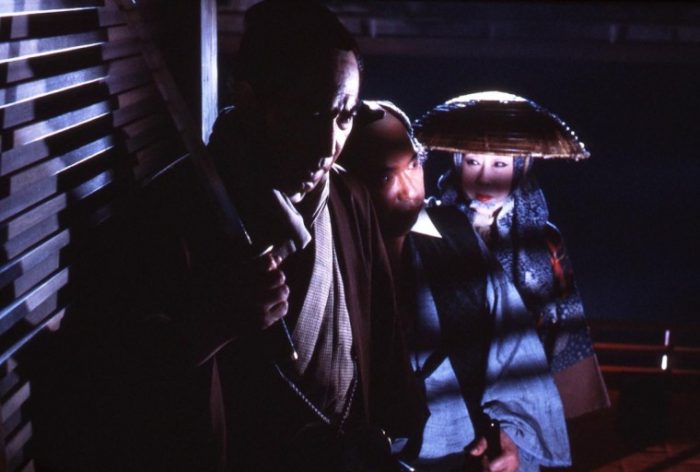Published in the Financial Times 20/9/2018
Japanese Prime Minister Shinzo Abe has just won a third term as leader of the governing Liberal Democratic Party, enabling him to stay in office for another three years.
His rival, ex-Defence Minister Shigeru Ishiba, secured more votes than expected from regional party officials, which should cause Abe to direct more public spending to neglected areas of the country, some of which have suffered greatly from natural disasters this year. More infrastructure spending will also be useful in upcoming negotiations with Donald Trump’s trade team, which will be seeking “wins” for U.S. exporters.
With a solid majority in parliament and no general election due, Abe now stands a good chance of becoming the longest serving prime minister since the birth of Japan’s parliamentary system in the 1880s. Given the fractious state of politics in many other developed countries, this is an impressive achievement. Even more so, considering Japan’s own recent history. After the collapse of the bubble economy in 1990, prime ministers came and went with such frequency – fifteen in twenty two years – that they were likened to karaoke singers taking turns at the microphone. One of them was Abe himself, who had a brief and unsuccessful term in 2006/7.
“It was hell,” he said later. “I lost all my honour and pride.” When he returned to office in 2012, he came armed with the reflationary economic approach known as “Abenomics.” Never a defined set of policies, Abenomics meant ignoring the hard money advocates and fiscal hawks in the financial bureaucracy and prioritizing growth by whatever means seemed promising.
Scepticism was rife and there have been one or two hiccups along the way, but the verdict is now in. It worked. Japan has full employment, wages rising ahead of the inflation rate, booming business investment and an unprecedentedly profitable corporate sector. Not all of this – perhaps not much of it – can be attributed directly to specific initiatives carried out by the Abe administration, but it would never have happened without the new macro policy settings and consequent change in the psychological weather.
Equally important has been Japan’s decision as a society not to embrace mass immigration as a solution to the demographic problems of an ageing and declining population. There are indeed more foreigners – mainly from other Asian countries – visible in hospitality and retail jobs and on building sites, but they are generally on trainee and student visas and will return to their own countries when their time is up. Instead of importing cheap labour on a permanent basis as many Western countries have done, Japan has brought increasing numbers of women and older people into the workforce while maintaining its historically very high level of male employment.
The result has been that during the Abe years, Japan’s employment rate (the percentage of employed people in the 15-74 age band) has soared from 64% to 70%. In comparison, the American employment rate of 65% remains well below its pre-crisis peak despite the long economic expansion. In order to encourage more participation by senior citizens, Abe is introducing a delayed retirement option through which people can postpone their pensionable age in return for higher payments later.
If the labour market is tight, you would expect to see wages rise. For part-timers, who comprise about a third of the workforce, that has been the case for several years. Now there are signs that demand is overwhelming supply for regular employees as well and average cash wages have ticked up to the highest growth in twenty years. You would also expect company managements concerned by the prospect of structural labour shortages to invest more in automation and that is happening too. Corporate capital investment as a share of GDP is at its highest level since 1993.
Corporate Japan can afford more capital investment and higher wages because it is unprecedentedly profitable. In the past a common criticism of Japanese managements was that they sacrificed profitability for market share, prestige projects and the interests of other stakeholders. Now profit margins in the non-manufacturing sector, which in Japan’s case is almost entirely domestic, are roughly double the peak reached in 2005-6.
Investors have noticed. Under Abe the Japanese stock market has comfortably outperformed European and emerging markets (though not the U.S. market) in terms of total dollar returns.
Japan’s economic revival has brought with it a higher international profile. Over the past six years the number of tourist arrivals has risen by 3.5x and the number of foreign students has doubled. Japan is now the de facto leader of the Trans Pacific Partnership, a free trade agreement signed by so far eleven countries comprising 13% of global GDP. Aware of the need to provide a counterweight to an increasingly assertive China, Abe himself has been far more active diplomatically than any previous prime minister, visiting some 80 different countries since his comeback.
Abe may have ended the long period of deflationary stagnation known as Japan’s “lost decades,” yet serious challenges remain. Consumer spending is still weak, but he has committed himself to an unpopular hike in the consumption tax. Internationally he has to pick his way through the minefield represented by Donald Trump’s America, China, Russia and North Korea. Then there is his controversial proposal to reform Japan’s never-amended, U.S.-imposed pacifist constitution.
Plenty could go wrong, but if Abe keeps up the momentum he will have changed Japan permanently.



